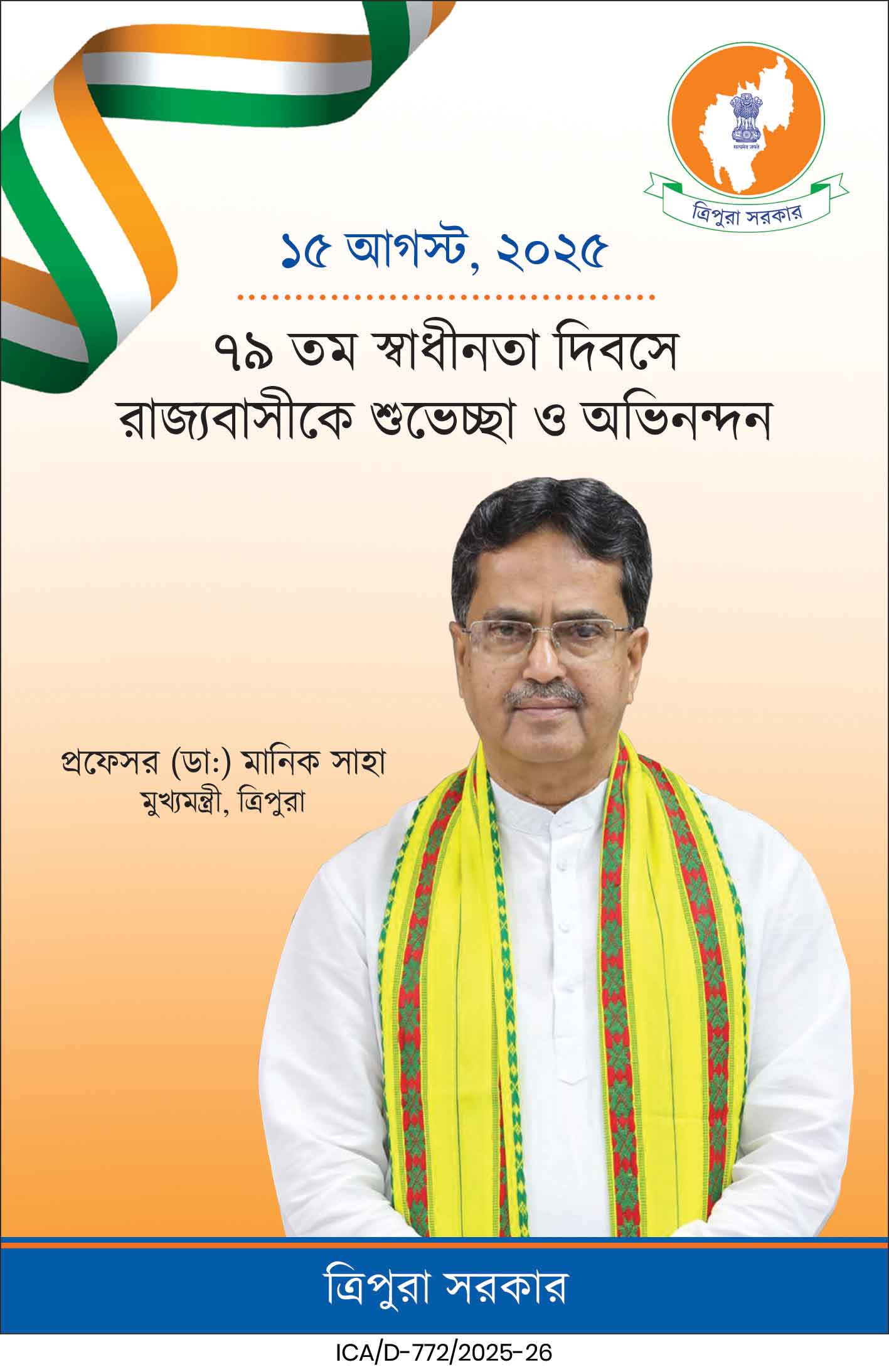Panchayat Advancement Index reveals only 42 of Tripura’s 1176 Panchayats scored ‘Grade A’, showing gaps in rural governance and infrastructure.
In a comprehensive evaluation conducted by the Ministry of Panchayati Raj, only 42 out of the total 1176 Panchayats in Tripura have succeeded in securing the prestigious “Grade A” status under the recently released Panchayat Advancement Index (PAI). The findings, published through the official PAI portal, provide a detailed picture of rural governance and development in the state and highlight the significant gaps that still exist in grassroots administration and sustainable development.
The Panchayat Advancement Index is a performance measurement framework introduced by the Ministry of Panchayati Raj to assess the effectiveness and developmental progress of Panchayats—India’s basic units of rural governance. This index is built on a diverse set of parameters aimed at evaluating how well these local bodies are aligning with the sustainable development goals (SDGs) and improving quality of life in their respective areas.

According to the Ministry’s report, all 1176 Panchayats across Tripura have submitted the required data as per the guidelines of the PAI assessment system. Based on the submissions and evaluation against predefined criteria, the Panchayats were graded into three categories—Grade A, Grade B, and Grade C.
Out of the total, only 42 Panchayats were able to earn “Grade A” status, signifying a score between 80 to 90 points. A much larger group, comprising 728 Panchayats, fell into the “Grade B” category, while 406 Panchayats were ranked in “Grade C,” indicating a performance that still requires considerable improvement.
The PAI framework assesses rural governance based on nine thematic areas: poverty alleviation and livelihood enhancement, child-friendliness, water sufficiency, cleanliness and greenery, availability of self-sufficient infrastructure, social justice and security, healthy environment, good governance, and a women-friendly atmosphere. In total, the Index includes 435 local-level indicators—331 mandatory and 104 optional—spread across 566 unique data points. These are aligned with the broader Sustainable Development Goals to ensure that rural development efforts are holistic and globally relevant.
The PAI portal also published a list of the top ten performing Panchayats in Tripura based on their scores. Leading the list is Rupaichari Panchayat, which scored an impressive 82.08, followed by Bampur (80.95), West Malbasa (79.72), Madhya Brajapur (79.14), Dudhpur (79.31), West Dalak (79.08), Ambedkar Nagar (79.00), Kanchanbari (78.92), Fatikroy (78.80), and Krishnanagar (78.26).
The PAI portal also published a list of the top ten performing Panchayats in Tripura based on their scores. Leading the list is Rupaichari Panchayat, which scored an impressive 82.08, followed by Bampur (80.95), West Malbasa (79.72), Madhya Brajapur (79.14), Dudhpur (79.31), West Dalak (79.08), Ambedkar Nagar (79.00), Kanchanbari (78.92), Fatikroy (78.80), and Krishnanagar (78.26). These Panchayats have been recognized for their well-rounded development strategies, active governance, and efforts in creating a supportive and inclusive environment for residents.
On the other end of the spectrum, the report also identifies the ten lowest-performing Panchayats in the state. These include Gardang (48.70), Adipur (49.23), East Badlabari (49.30), Kalachari (49.50), Ekinpur (49.93), Dalapati (50.46), Rajghat (50.64), Duski (50.79), East Tekka Tulshi (50.83), and East Singhicherra (51.23). The performance of these Panchayats reflects underlying challenges such as lack of infrastructure, poor governance mechanisms, and inadequate access to basic services.
A press release from the Press Information Bureau stated that the purpose of the PAI is not only to assess current performance but also to enable Panchayats to identify gaps in governance and policy implementation. The index serves as a strategic tool for rural local bodies to align their development agendas with global priorities while staying grounded in local realities.
As the government continues its push toward decentralized and inclusive rural development, the insights from the PAI report are expected to play a crucial role in guiding policy decisions, resource allocation, and capacity-building initiatives in the future.





